Tourism offers great opportunities to explore and learn about cultures, but it also presents challenges in maintaining authenticity and preventing overexploitation.
As destinations and experiences become more popular, how do you balance promotion with preservation?
Here are practical tips to preserve local culture in tourism. To ensure your destination and offers remain true to their roots and sustainable for the future, even as the demand grows.
Content Overview
⦁ Focuse on long-term sustainability rather than short-term profits
⦁ Implement visitor quotas and manage group sizes
⦁ Prioritize quality over quantity
⦁ Build long-term partnerships with local communities and other stakeholders
⦁ Diversify activities to manage visitor impact
⦁ Implement seasonal tourism strategies
⦁ Educate visitors about local culture and history
⦁ Incentivize local ownership
⦁ Introduce regulations and enforcement
⦁ Strategic infrastructure development
⦁ Promote responsible tourism practices
⦁ Be transparent about pricing and community benefits
⦁ Consider certifications and codes of conduct
⦁ Monitor and evaluate tourism impact
⦁ Keep on learning and adapting based on feedback
Focuse on long-term sustainability rather than short-term profits
Many destinations focus on promoting, but lack a plan for management. Avoid this common trap by developing strategies that prioritize preservation and consider the long-term impacts of tourism on the local community.
Develop a comprehensive and well-defined sustainable tourism plan that outlines the goals, strategies, and actions for both promotion and preservation. This plan should consider the carrying capacity of the destination, environmental impacts, and the needs of local communities.
This strategic focus helps ensure that tourism supports sustainable growth that benefits both locals and visitors over time. More about how to move to a sustainable tourism model here.
Implement visitor quotas and manage group sizes
As a part of your plan, you should review what visitor numbers make sense for your destination/experience. Limit the number of visitors at (likely-to-be) popular places and keep groups small to ensure meaningful interactions and lessen the environmental impact.
Setting specific visiting times or requiring advance bookings can help manage the flow of tourists and maintain the quality of the visitor experience. Many destinations start with this when it is already too late. Instead of waiting, work proactively and protect your place and community even before it gets overcrowded.
Prioritize quality over quantity
Focus on offering high-quality experiences that allow visitors enough time to form genuine connections. This approach helps to avoid the rush of trying to see everything and instead encourages a deeper appreciation of the destination.
Rather than “quick photo stops”, share real stories and quality time.
Build long-term partnerships with local communities and other stakeholders
Involve local communities, environmental organizations, and other relevant stakeholders in the decision-making process and development. Their input can provide valuable insights into how to promote the destination, while preserving its natural and cultural assets.
Collaborate closely with local communities to design authentic experiences. Rather than just creating what tourists expect to see, engage locals to ensure what you offer reflect true traditions and daily life.
By avoiding stereotypes, you’ll create a more genuine experience for visitors and contribute to a more realistic image of your destination. Only upsides!
Partner with NGOs focused on environmental conservation and cultural preservation. Their expertise and experience can provide valuable guidance. If suitable, you can also offer visitors the possibility to contribute to community projects.
Diversify activities to manage visitor impact
Instead of always promoting the same old, spread activity across multiple sites and experiences to avoid overwhelming any single spot.
Rotating focus on different cultural sites or activities depending on the day or season can manage wear and tear, while offering a more exciting variation of experiences. What not to like?
And talking about seasons…
Implement seasonal tourism strategies
Encouraging visits during off-peak seasons can help lessen the pressure on resources and attractions.
Seasonal strategies not only balance the tourist load throughout the year and make you less dependent on a good high season, but also provide visitors with a unique experience of the destination in different seasons. And creates reasons to come back!
Educate visitors about local culture and history
We often talk about how destinations should adjust. While that’s needed in some cases, it’s also the responsibility of the people coming over to adjust to the places they go.
Lead by example by sharing useful inspiration on the local culture and history to promote understanding and respect among visitors. This can be done through pre-visit materials, on-site educational centers, or informative guides that prepare visitors for a respectful engagement with the community and environment.
They are stepping into another world and better be prepared. By being clear on what’s expected, you’ll also be able to filter out people who aren’t interested in cultural immersion.
Promote cultural exchanges that are respectful and mutually beneficial.
Incentivize local ownership
Ensuring that the local community benefits economically from tourism is key. Encouraging local ownership of tourism businesses, from cafes to guest houses, ensures that the financial benefits of tourism help build the local economy.
You also better involve the local community when developing your overall strategies and decide about what goals and numbers make sense for your destination.
Introduce regulations and enforcement
Implement and enforce regulations that prevent activities that harm the environment or local culture. This could include restrictions on building heights, waste disposal, and protection of nature. It could also cover regulating short-term rentals like Airbnbs, to ensure that prices don’t go up too much, pushing locals out of their homes.
You don’t need to have everything figured out to start with. Stay on top of things, team up with complementing partners, and make changes as you learn more about what’s working at your destination.
Strategic infrastructure development
It’s essential to develop infrastructure that supports increased visitor numbers, without compromising the local environment or quality of life for locals.
This covers transportation, waste management, and accommodations designed in harmony with local aesthetics and sustainability standards.
Promote responsible tourism practices
Educate visitors on responsible behavior, such as respecting local customs, minimizing waste, and avoiding activities that harm the environment or exploit the community.
This can take place before and during their visit through various communication channels. For the best results, you better make sustainable choices the default.
Develop marketing campaigns that highlight the destination’s commitment to sustainability and responsible tourism. Emphasize the value of preserving the destination for future generations.
Be transparent about pricing and community benefits
Clearly explain how the money from tourism is used to benefit the local community. This transparency helps visitors understand the positive impact of their spending and enhances their overall appreciation of the experience.
It also helps the community see how tourism directly is benefitting them, which is great for the motivation. Share transparent reports with the public to showcase progress and challenges.
Consider certifications and codes of conduct
Encourage hotels, restaurants, and other tourism-related businesses to obtain certifications that demonstrate their commitment to sustainability.
You can also develop and promote codes of conduct for tourists that outline expected behavior to minimize negative impacts on the destination.
Monitor and evaluate tourism impact
Regularly assess the social, economic, and environmental impacts of tourism to make informed decisions about future tourism policies and practices. This should involve both qualitative feedback from the community and quantitative data on tourism’s effects.
Ensure that the benefits of tourism are shared among locals and that their voices are heard.
Keep on learning and adapting based on feedback
Regularly gather feedback from the community and visitors to refine and improve the tourism offerings. This feedback loop is essential for ensuring that the community feels comfortable with how their culture is represented and that visitors find the experiences authentic and respectful.
Tourism that respects and preserves local culture is the way to go – and it requires planning
Regularly assess the social, economic, and environmental impacts of tourism to make informed decisions about future tourism policies and practices. This should involve both qualitative feedback from the community and quantitative data on tourism’s effects.
Ensure that the benefits of tourism are shared among locals and that their voices are heard.
Would you add anything? Have you had an experience that felt truly authentic or perhaps one that felt staged? Share your thoughts in the comments.



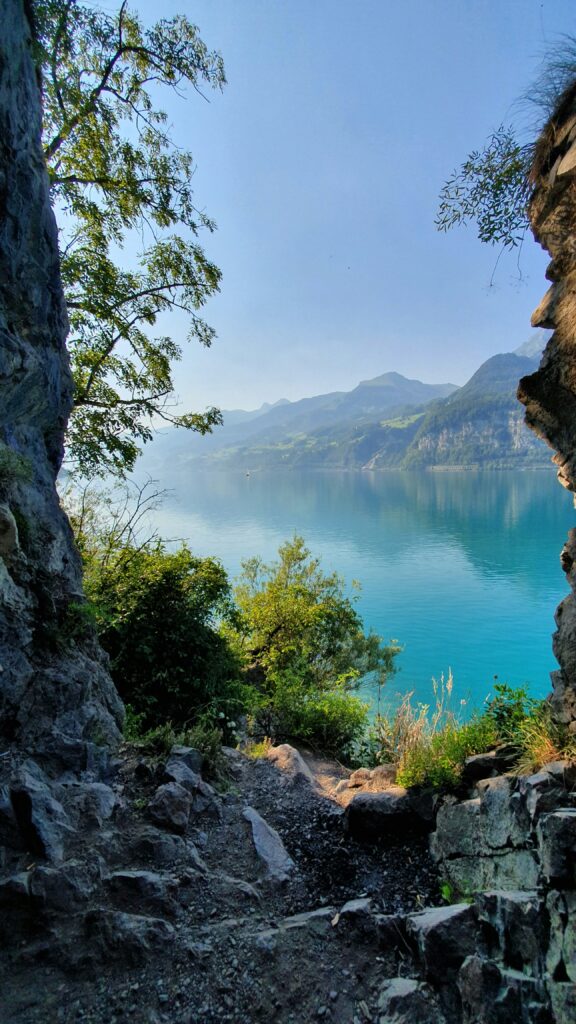 Photo credit:
Photo credit: 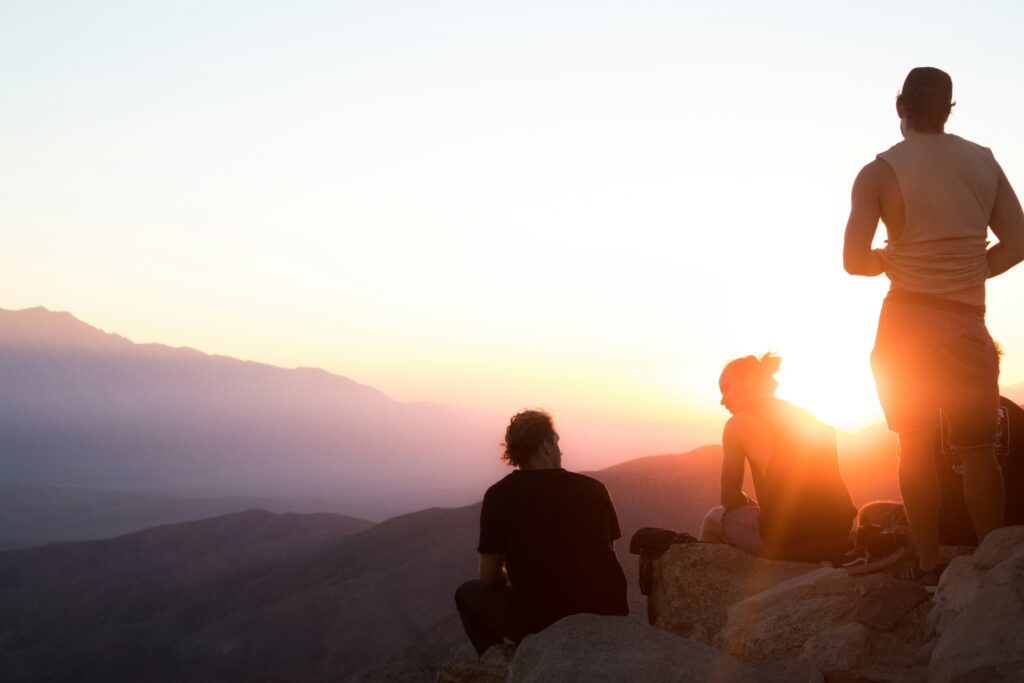 Photo credit:
Photo credit: 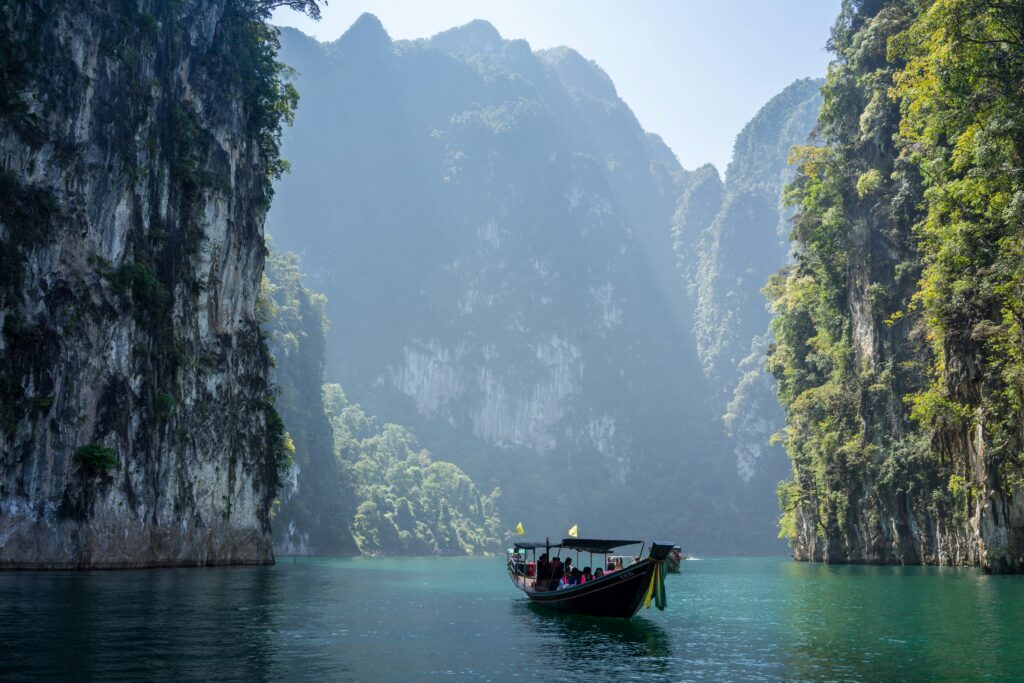 Photo credit:
Photo credit:  Photo credit:
Photo credit:  Photo credit:
Photo credit: 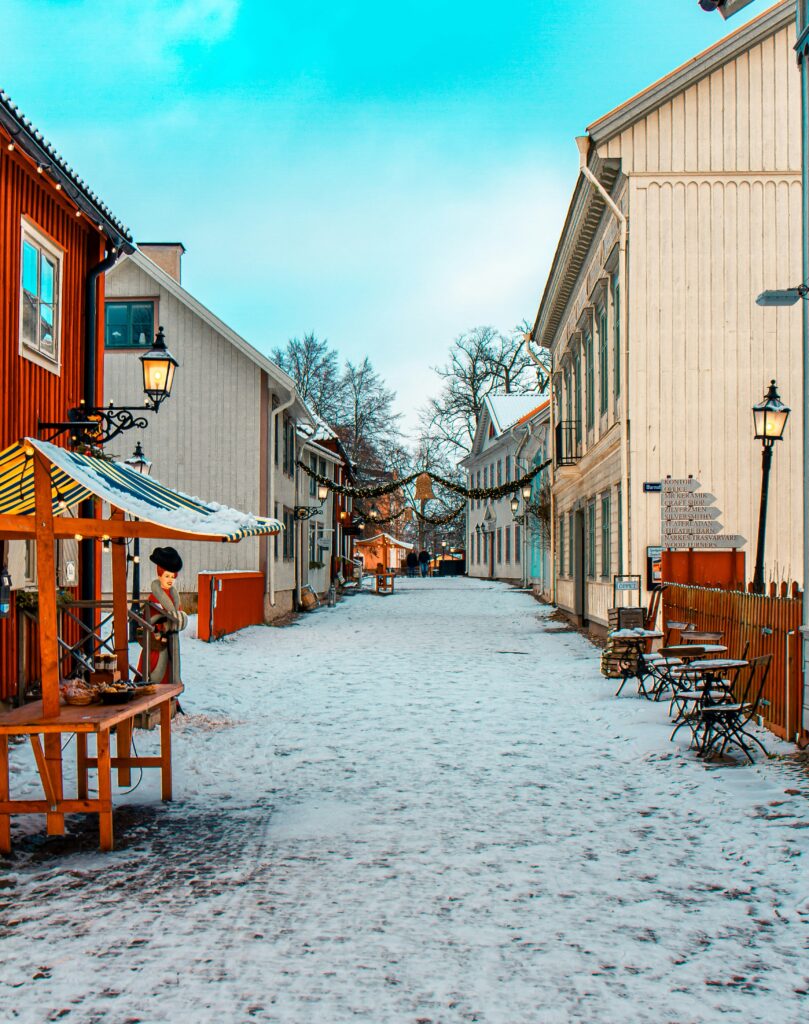 Photo credit:
Photo credit: 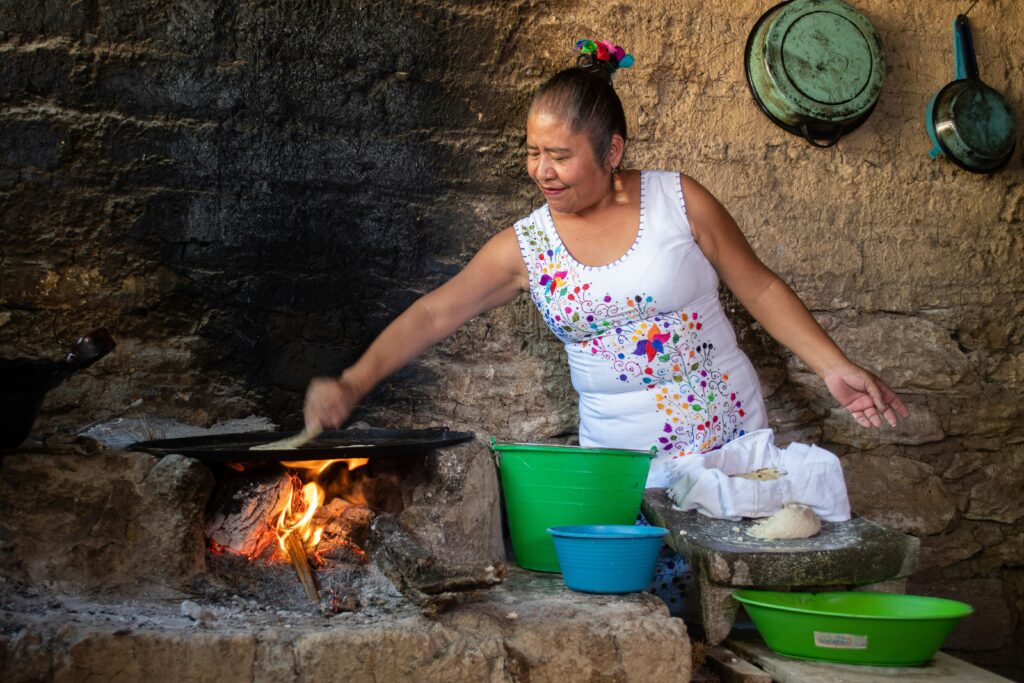 Photo credit:
Photo credit:  Photo credit:
Photo credit: 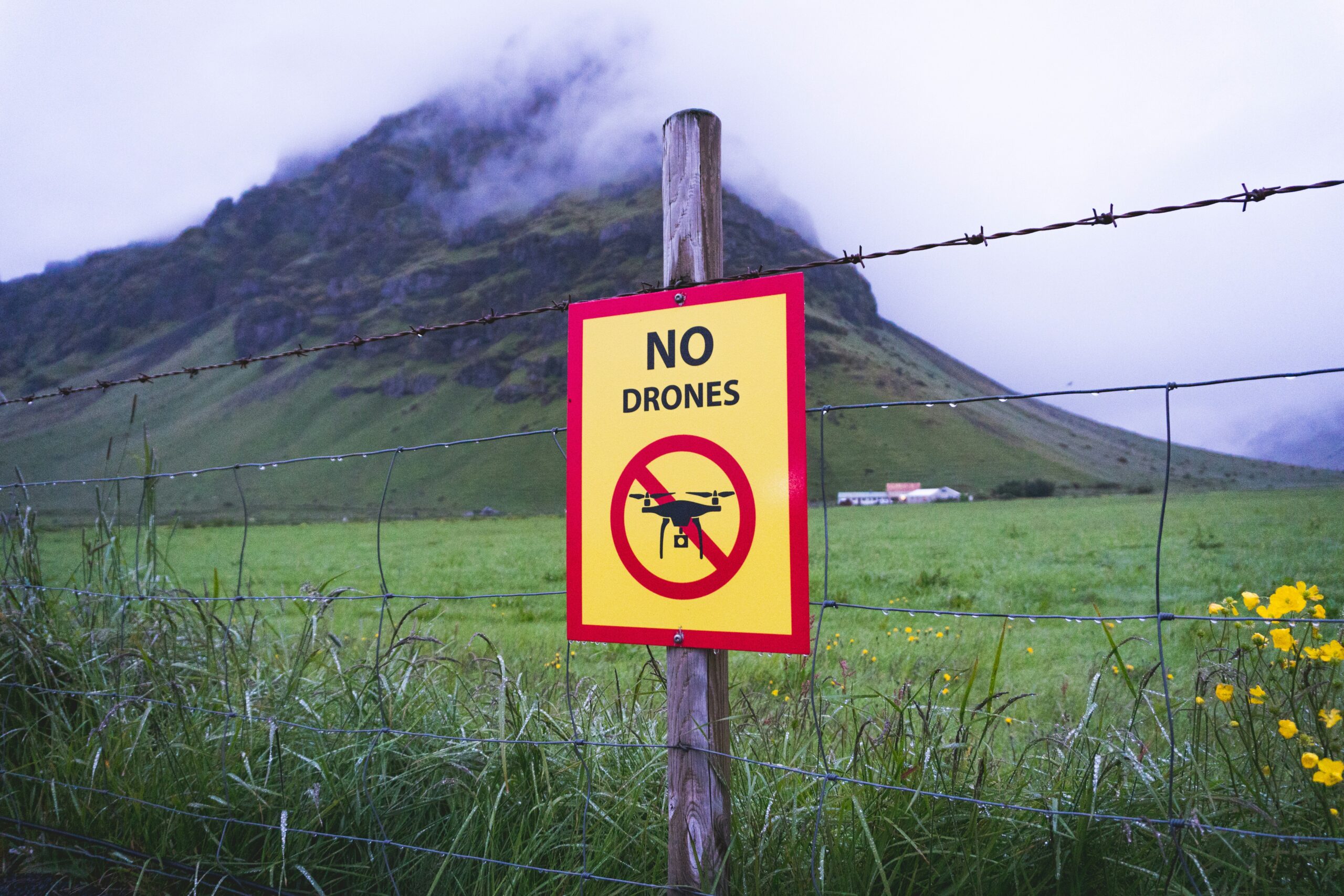 Photo credit:
Photo credit:  Photo credit:
Photo credit:  Photo credit:
Photo credit:  Photo credit:
Photo credit:  Photo credit:
Photo credit:  Photo credit:
Photo credit:  Photo credit:
Photo credit: 


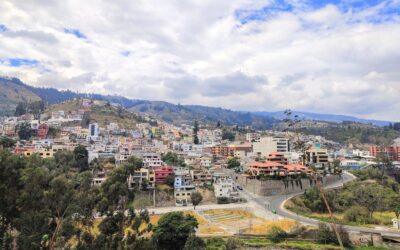
0 comentarios